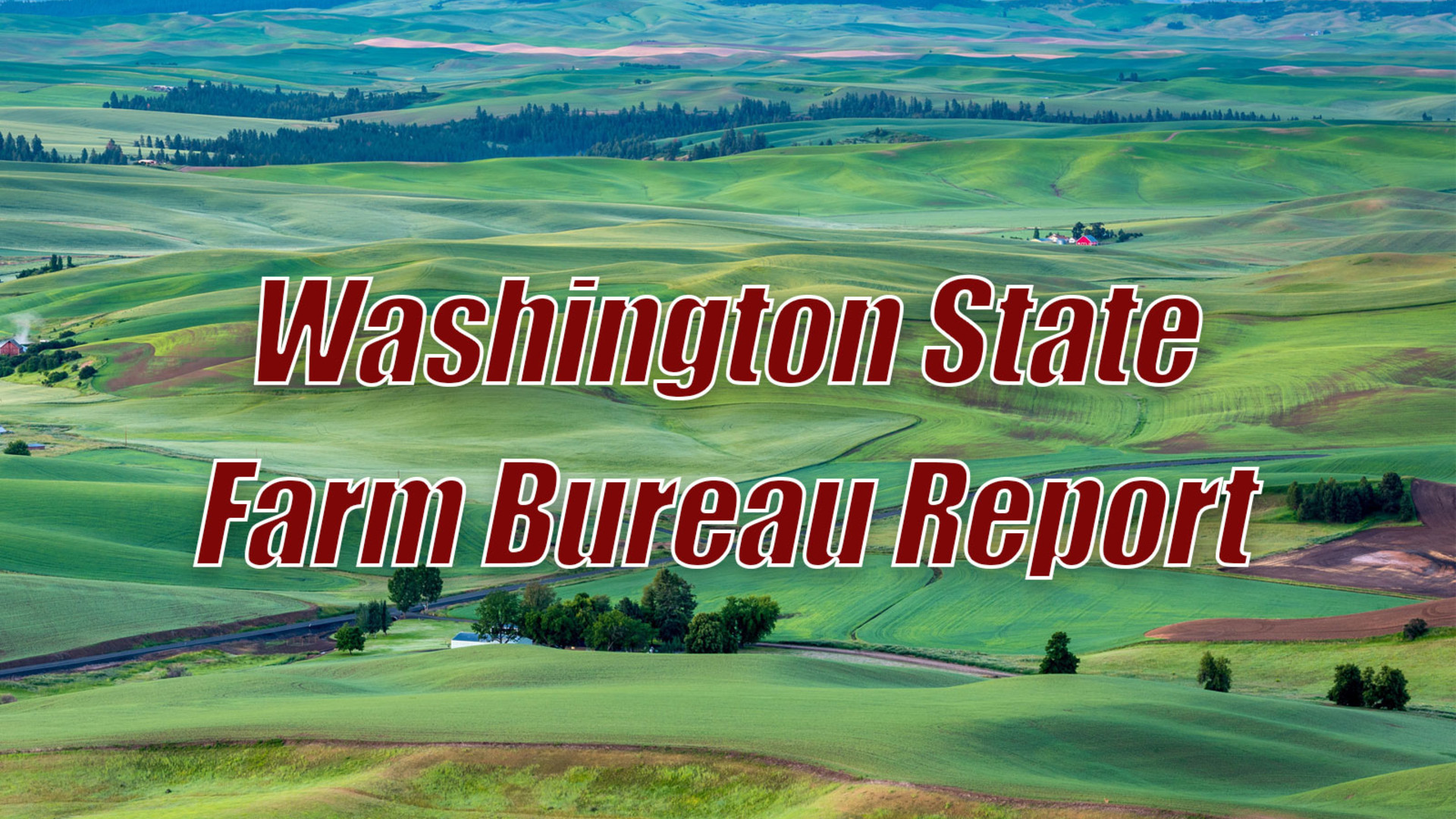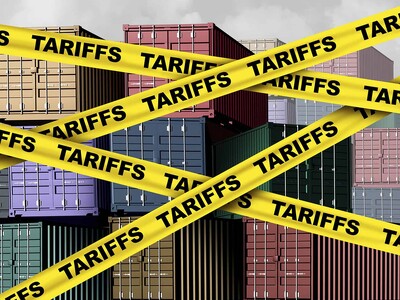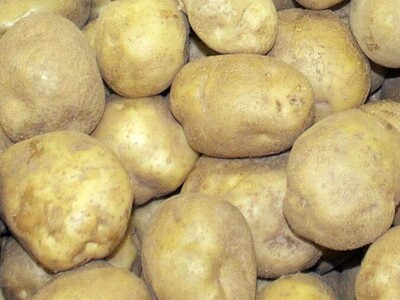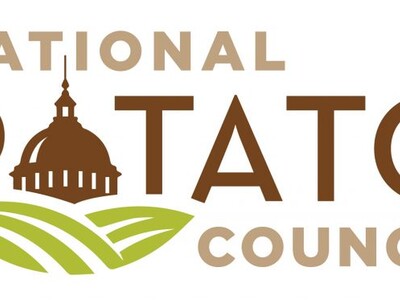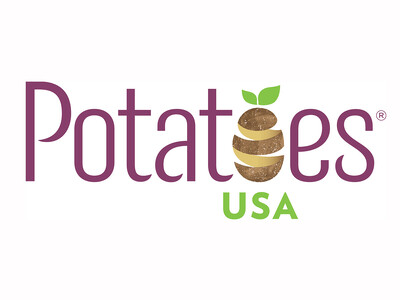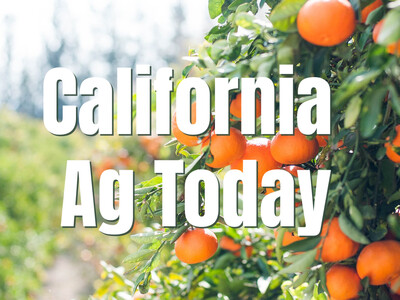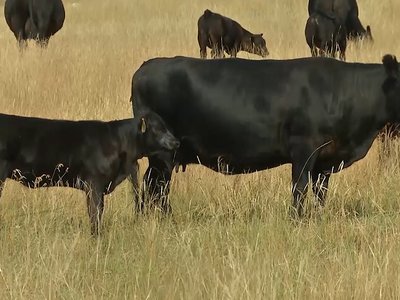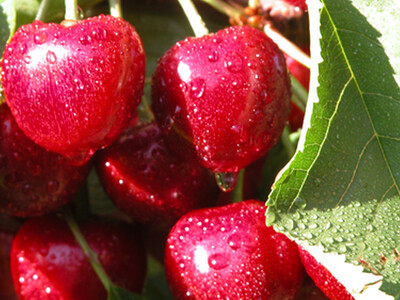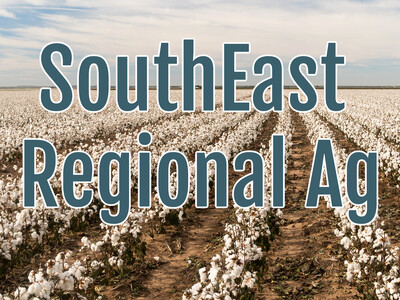Forage For Bees & Response to Drought Declaration
Forage For Bees & Response to Drought DeclarationI'm Lacy Gray with Washington Ag Today.
Noxious weeds can quickly become a thorn in any farmers side, but bees who can be a farmers best friend, love them. So what can farmers do to keep noxious weeds from taking over their farm while still maintaining great forage for bees? Alison Halpern, Executive Secretary for the Washington State Noxious Weed Control Board has come up with what she hopes is the answer.
HALPERN: I felt that weed control and bee forage conservation didn't need to be mutually exclusive. Rather than butting heads over this same issue over and over why not try something different, and the time just seemed so right because we have so many people learning about bee health and the problem of declining bee populations. So, we thought we can encourage people to control their noxious weeds in a more bee sensitive manner, but they can also take action and start planting these patches for bees and try to up the amount of forage that's available for bees and other pollinators.
To help people do just that Halpern says that they are giving away free packets of non-invasive "pollinator-friendly" seeds from the Ed Hume Seed Company in Puyallup. For a free seed packet, while supplies last, email noxiousweeds@agr.wa.gov.
The first meeting of the 2015 Joint Legislative Committee on Water Supply During Drought was held this week to begin work on reviewing impacts of the drought and what legislative recommendations should be made in response to statewide water supply conditions this growing season. This is the third time the committee has been formed since it was first created in 2005 to address impacts of low water supply during drought years. Committee membership includes eight lawmakers, four from the House and four from the Senate.
That's Washington Ag Today.
I'm Lacy Gray with the Ag Information Network of the West.


